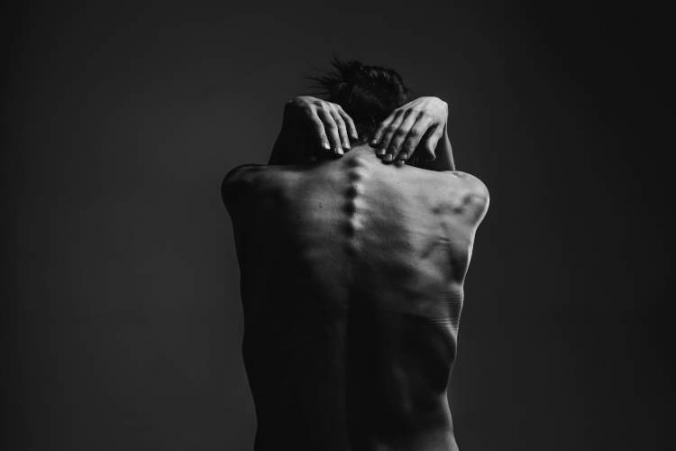Back or spinal injuries and illnesses are probably the most common conditions I see as an L&I attorney representing workers. There are many L&I claim occurrences for back injury. I thought it’ll be helpful to share some basic information about the topic. However, I am not a doctor and nothing in this post is a medical advice. Simply put, my goal is to help work injury claimants understand some of the terms and issues that may arise.
Back injury in workers’ compensation claims
The spine has roughly three regions:
(1) The cervical or neck region, which includes the cervical vertebra C1-C7;
(2) Thoracic or mid-back region where the T1-T12 vertebra are located;
(3) The lumbar area (L1-L5) and sacral back area (S1 through S5), which we also call the low back region.
In my experience, the most common region where work injuries and illnesses occur is the low back. The second most common is the neck. Mid-back injuries and illnesses do occur, but they are much less frequent.
There are two types of L&I claims when it comes to a back injury. One is an Industrial Injury Claim and the other is Occupational Disease Claim. An industrial injury is a sudden and tangible event. Often, back injuries at work involve lifting. Or, a combination or lifting and twisting with the sudden onset of pain or other symptoms. In contrast, occupational diseases are illnesses that develop as a result of the “distinctive conditions of employment”. Usually, they develop over time and it can be difficult to determine if work activities are a contributing cause.
Back injury treatment under an L&I claim
People who injure their backs at work usually receive conservative treatment in the beginning. This means resting while taking over-the-counter medication to control pain and inflammation. Normally, that’s all that is needed to recover from a basic sprain or strain, or soft-tissue type of injury. In these cases, symptoms can improve within days or weeks after the injury. If symptoms don’t improve, there may be a need for additional treatment. That includes diagnostic imaging such as X-ray, cat scan (CT), or MRI. In some cases, physical therapy and massage therapy can help as well.
More severe injuries involving acute spinal fractures, injuries to spinal discs, and injuries impacting nerves require more invasive treatment. Our office represents many injured workers with significant back injury or illness diagnoses. Among others, we regularly see conditions such as spondylosis, spondylolisthesis, radiculopathy, and nerve impingement. We sometimes also encounter instability, disc bulge, disc herniation, stenosis, degenerative disc disease, and even thoracic outlet syndrome. The most common treatments for many of these severe cases are back injection and surgery.
Proving causation in L&I claim for back injury
From a legal standpoint, our experience shows that the more severe the back injury, the more challenging causation becomes. In fact, proving causation can be very difficult. That’s because all of us experience “degenerative” changes in our back and spine as we age. Some people call it arthritis and others call it degenerative changes. Furthermore, not all people experience the same symptoms from spine injuries, arthritis, or degeneration.
To complicate things even further, there is also a pretty lengthy medical study of spine disease with the title “Twin Spine Study”. The study concludes that genetics is the most significant factor impacting back or spine health. Because of this, more severe aspects of back injuries or illnesses in workers’ compensation are often attributed to genetics or aging and not the injury or work exposure.
Conclusion
So, what’s the takeaway? Many people are working a physical job that impacts the back or the spine. If you are one, then take a few extra steps of caution. Try to minimize the likelihood of back injury. Wear protective gear when you can and if applicable. See a chiropractor on a regular basis to help with spine movement. Exercise your core and back muscles regularly to help ease the impact on your spine. And, if you are hurt on the job, go see a doctor immediately. Have them file an L&I claim for back injury. But most importantly – be safe out there!

Leave a Reply